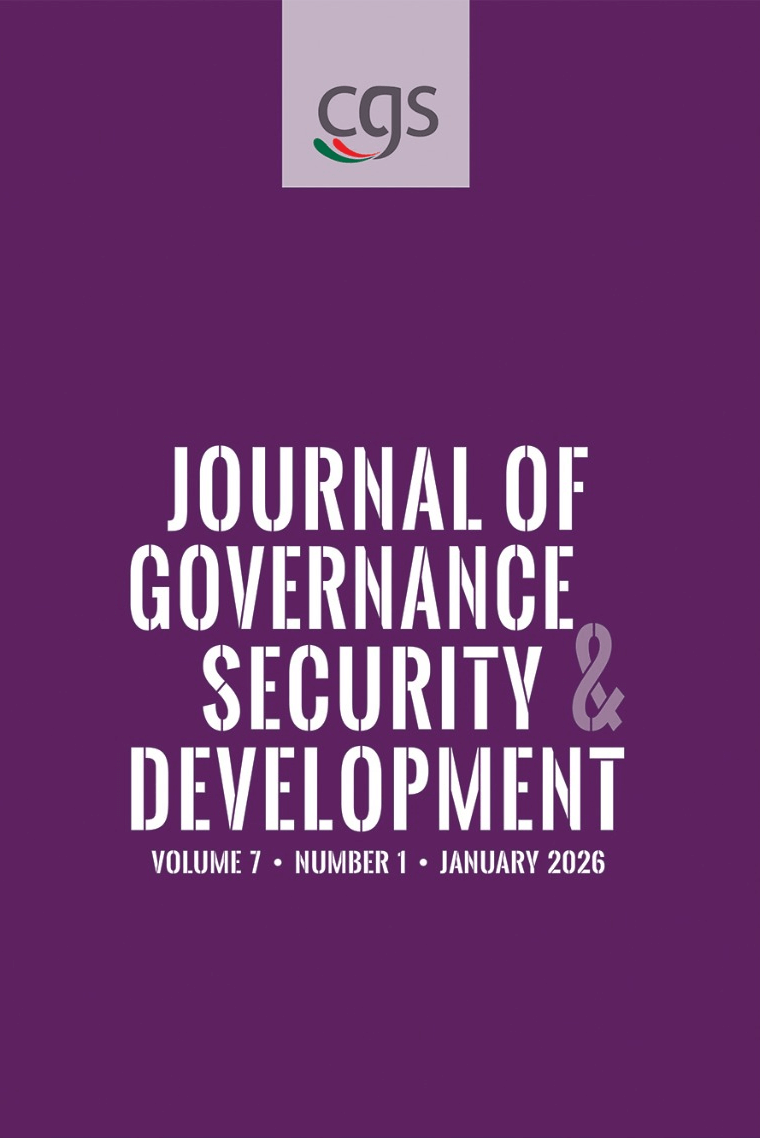Journal Abstract
Volume 7 | Number 1 | Online Early Version
Online Version: ISSN No: 2708-2490
Print Version: ISSN No: 2709-0590
Price: BDT: 750.00, USD: 25.00
Publish Date: 14, October 2025
Article:
Ayesha Siddika, Nowshin Nawar, Nabiha Tahsin Nisa, Shihab Shahriar, and S.K.NabilRahman
Abstract
This qualitative study explores multi-stakeholder perception of e-mutation (digital land mutation) using interviews of 31 service recipients and four service providers, two focus group discussions (FGDs) and key informant interviews (KII). A deductive thematic analysis has been conducted, with initial themes informed by the components of the Technology Acceptance Model (TAM). The study identified ten codes from the participants' responses, and these codes have been organized into thematic categories aligned with TAM components. The study on Gazipur Sadar finds a low perceived ease of use and perceived usefulness due to structural barriers, which in turn negatively shaped behavioral intention and actual use of e-mutation services. This study finds socio-institutional and technical barriers such as rent-seeking behavior, reliance on intermediaries, low digital literacy, limited ability to navigate online platforms, and gendered exclusion significantly hinder the adoption of e-mutation services. Similarly, barriers within administration, including unreliable internet connectivity, weak server capacity, software inefficiencies, and long wait times, further affect the perceived usefulness of e-mutation. Consequently, actual use of the e-mutation platform remains marginal. The study recommends ensuring efficiency through introducing a user-friendly interface for e-mutation, initiatives on digital literacy, gender inclusivity, and strengthening administrative capacity, focusing on structural limitation at the upazila level.


